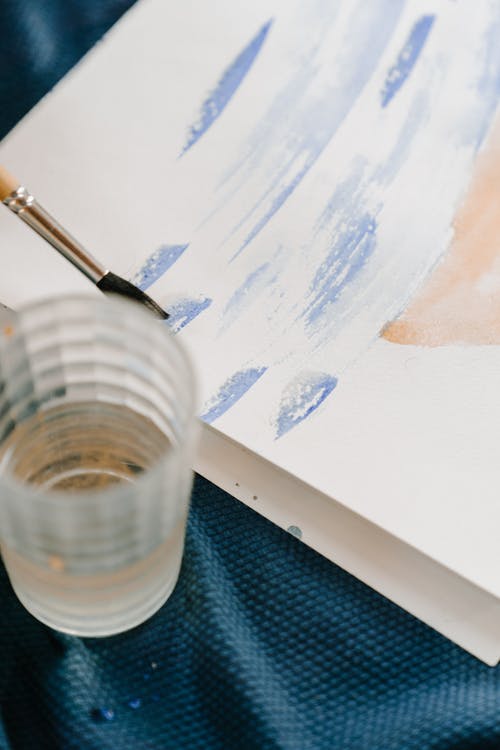Art therapy is a practice intended to improve mental health and treat psychological disorders. It is rooted in the belief that creative expression fosters healing and mental wellbeing.
Over the centuries, people have relied on the arts to communicate, express themselves, and heal. It wasn’t until the 1940s that art therapy became a formalized program.
As doctors noticed that it was common for people with mental illnesses to express themselves through drawings and art, they started looking into how art could be used as a healing tool. It has since become an integral component of therapeutic methods and has been used for assessments and treatment.
Art therapy is particularly insightful because the process of creation is often just as instructive as the outcome. Nevertheless, anxious people may feel an intense need to complete the creative process to create something that will appeal to more than just themselves.

It is essential to discover self-awareness and healthy coping mechanisms when dealing with anxiety, and art therapy is an effective way to cope with some of the symptoms and experiences of anxiety.
Here are five art therapy activities designed to support people who are experiencing anxiety.
- The panic book
Those with panic disorder can become frightened by the idea that they may suffer from a panic attack. Often, the triggers of panic attacks are unknown, while sometimes they are known.
The panic book exercise encourages participants to create a book containing images that will help them remain calm during stressful times and refocus their minds towards something more positive.
- Visualizing what anxiety looks like
The first step to controlling and treating anxiety is understanding and visualizing it. By presenting anxiety as an abstract concept, person, or monster, participants can develop methods to recognize anxiety as it arises and handle it appropriately. Participants can accomplish just that in this activity.
- Visual starter
Anxieties associated with creating art can make art therapy counterproductive. This visual starter exercise helps to circumvent this, allowing individuals to begin without feeling self-conscious. Starters can be adapted to specific topics or be used for creating a healthy stress-relieving environment.